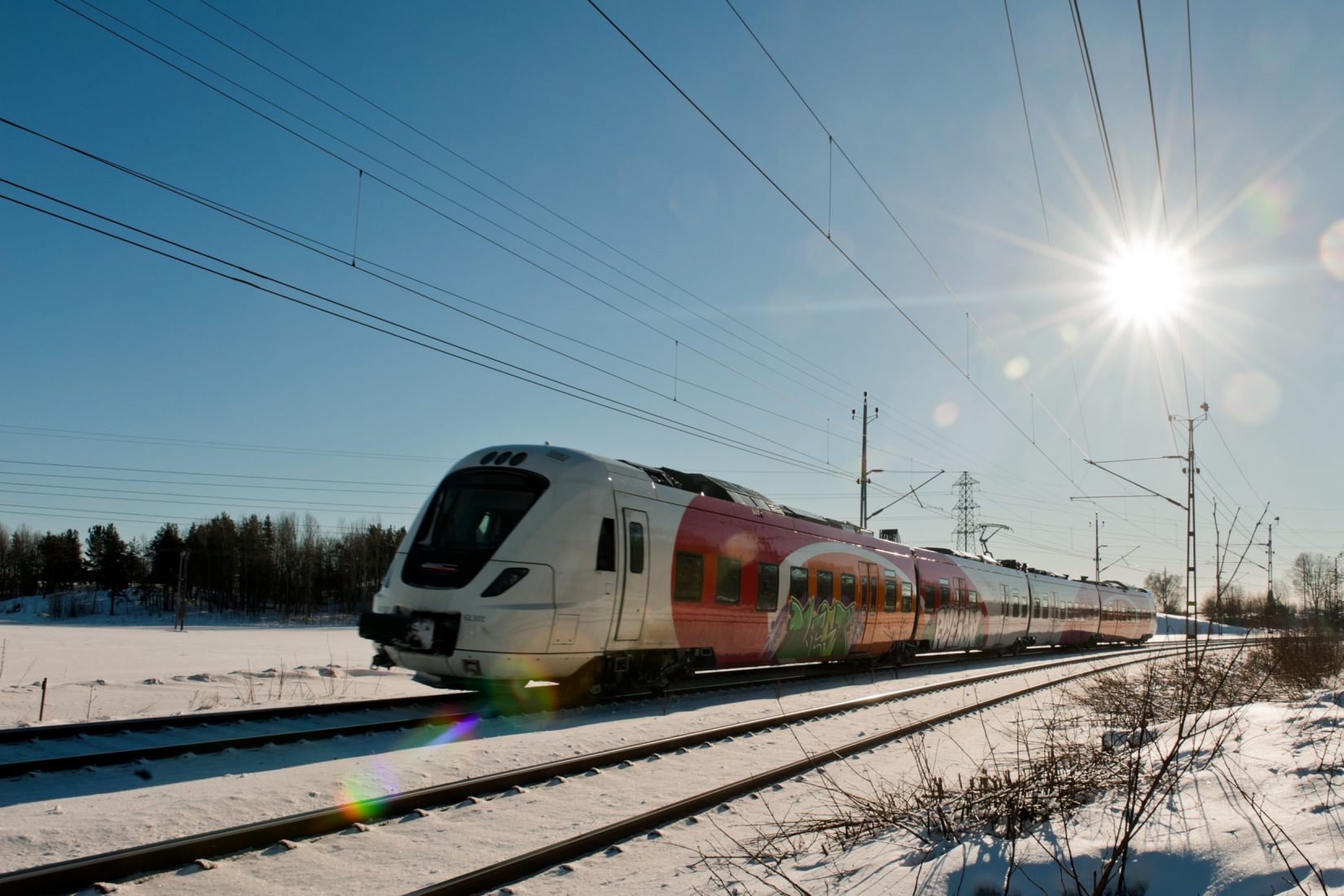Long distances and high demand for environmentally friendly transport have created bottlenecks in the Baltic Sea region’s transport corridors between east and west. Ahmed Alaeddine, who was project manager at Region Örebro regarding their participation in the Baltic Loop project, says that this slows down development in the entire region.
– There is a strong business community, economy, and a lot of expertise, but the infrastructure is substandard, both within and between countries. Through better infrastructure planning, coordination, and cooperation, we can develop the countries, regions, and cities along densely populated centers.
The EU-funded Baltic Loop project, which ended in June 2021, aimed to improve the east-west transport corridors in the Baltic Sea region. The project has, among other things, mapped necessary investments in infrastructure for railways, shipping, and roads in the region.
– We have identified the similarities and differences between the countries’ transport bottlenecks in the transport corridors. The surveys have resulted in reports that have been disseminated to politicians and officials for future decision-making, says Ahmed Alaeddine.
Baltic Loop was an extensive collaboration with seven partners from four countries and a budget of almost two million euros. The focus has been on the east-west transport corridors between Oslo-Örebro-Stockholm-Turku-Helsinki and Tallinn, Riga, and St Petersburg.
However, it all started with seed funding from the Swedish Institute.
In 2017, partners from the four countries participated in CBTRAN, a short project where the idea was to gather stakeholders with the aim of applying for funding from the EU funding programme Interreg Central Baltic for what later became the Baltic Loop, says Lisa Virén who worked at Region Örebro during the CBTRAN project.
– We saw the Swedish Institute’s opportunity for funding as a good option and opportunity to build the network, create interest and commitment, and develop a new major transport project. There is very little capacity in the larger European programmes when it comes to setting up certain parts of a project, such as networks and clear goals, within the project itself. Everything must be resolved when the project application is submitted. The seed funding that SI offered were therefore incredibly valuable.
The Örebro region, which was involved from the beginning and sought support from SI, saw a need to develop the east-west relations as the focus in previous projects was on the north-south transport corridors. In the east-west perspective, there was much to be done.
– The goal has always been to develop the east-west transport corridors. Then you must work across national borders. In that way, the exchange was crucial for us to succeed, and to succeed in creating the network to scale up the work within Central Baltic, says Lisa Virén.
To other organizations that want to apply for funding from EU funding programmes for larger projects, her advice is to cherish the ties to the other project participants.
– The network and the project consortium are very important for success. You must know who you will be working with, and know them quite well. Only then can you get a clear picture with common goals and reach all the way. And use the kind of funding that SI has, which is “easier” to administer than EU money, and offer a great step into what international work can entail. And then DO it. Try it out and learn!
Ahmed Alaeddine and Lisa Virén’s tips for organisations planning to apply for project funding:
- Invest in getting to know each other in the network.
- Create a clear image with common goals.
- Make sure you have a clear anchoring process that ties in with the organisation’s goals.
- Hire project managers as early as possible and let that person be involved in writing the application. Skilled project managers do not always have to have top expertise in the subject.
- Think early about methods for disseminating results before, during and after the project.
- Set aside sufficient time and resources, both for project managers but also support functions such as economists and communicators.
- If possible – create project organisations that can work with the project from idea to implementation.
Facts
The CBTRAN project was funded by the Swedish Institute through the funding scheme Seed funding for cooperation projects in the Baltic Sea region. The funding scheme has been replaced by the SI Baltic Sea Neighbourhood Programme.
The SI Baltic Sea Neighbourhood Programme is a programme that funds projects in which Swedish organisations work on cross-border challenges and opportunities together with organisations from the EU countries around the Baltic Sea and countries of the EU’s Eastern Partnership.
There are two different types of grants to apply for within the framework of the SI Baltic Sea Neighbourhood Programme: seed funding and cooperation projects. The next call for seed funding will take place in summer 2023.
